As James Brown once sang, “This is a man’s world”—and when it comes to the designs we interact with everyday, that couldn’t be more true.
While we’ve been led to believe that most design is gender-neutral, the reality is that when physical objects or digital spaces are created to serve users whose gender and sex make their biological, social, cultural, and environmental realities very different, one size does not fit all.
We’ve seen examples of the way gender bias in design plays out in real life in recent years. For instance, NASA elicited outrage when its first all-female space walk had to be canceled for lack of enough properly sized spacesuits. This is a problem seen over and over again, including in digital design and technology.
When some of the first health tracking apps were offered, they didn’t account for the menstrual cycle—an important health concern for those who menstruate! Moreover, the size of smartphones is often determined by the size of the “average” man’s hand, making them uncomfortable for many women to hold and making it more likely that they’ll drop their phones.
On top of that, many women’s issues are often taboo. While the #MeToo movement has empowered more women to speak up about gender-based harassment and assault, incidents are still underreported.
Meanwhile, biological realities that are a natural part of women’s lives such as periods, menopause, sexual health, and breast feeding for new mothers are often only spoken about in whispers.
Fortunately, more and more designers are looking to change that, and many women are at the forefront of creating designs that acknowledge and assist women in their daily lives.
Here are six examples:
1. Clue period tracking app
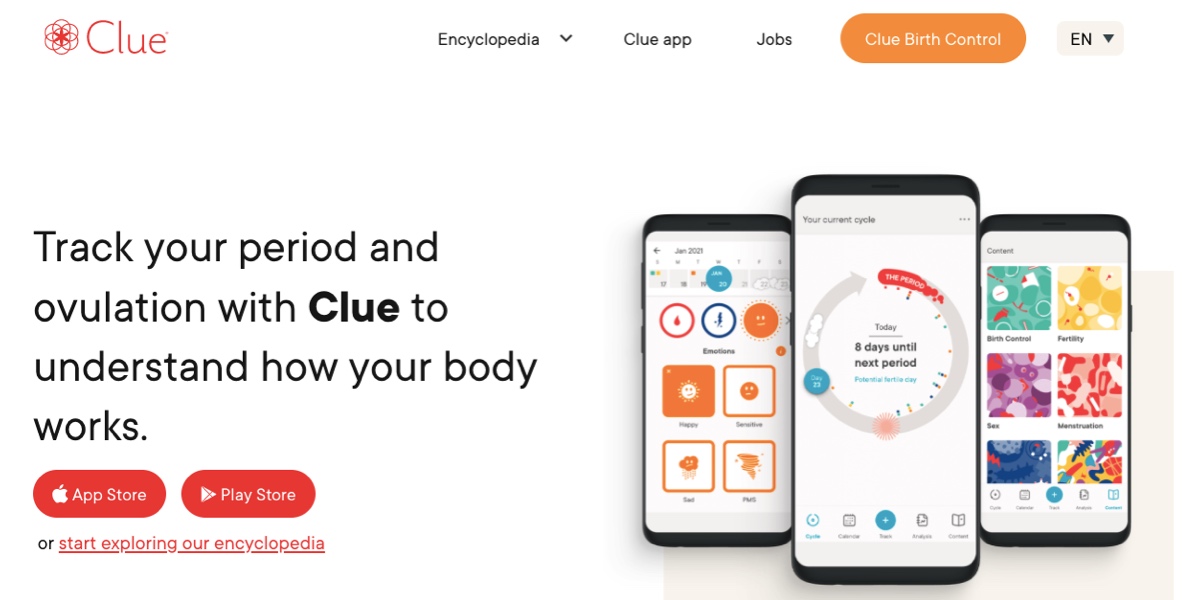
While early health apps may have forgotten about the menstrual cycle, there are now multiple apps available to help people who menstruate track their period and take control of their reproductive health.
One of the best is Clue, which co-founder and chairwoman Ida Tin created to remove the taboo around periods, specifically by providing a comprehensive app for users to understand and track their monthly cycle. The app helps users identify patterns in their periods, monitor their fertility, and, if they become pregnant, follow the growth of their babies.
This is a great example of an app taking on a complex health concern in a way that’s useful and empowering. The app uses the information the user provides to predict when they will have their period, experience PMS, or be ovulating.
It also provides reminders about when the user’s period is about to start and what time to take a daily birth control pill, and enables them to track a bevy of symptoms associated with menstrual cycles—including skin, sleep, pain, mood, and sex drive.
This gives users valuable insight into the way their bodies function.
2. Thinx period underwear
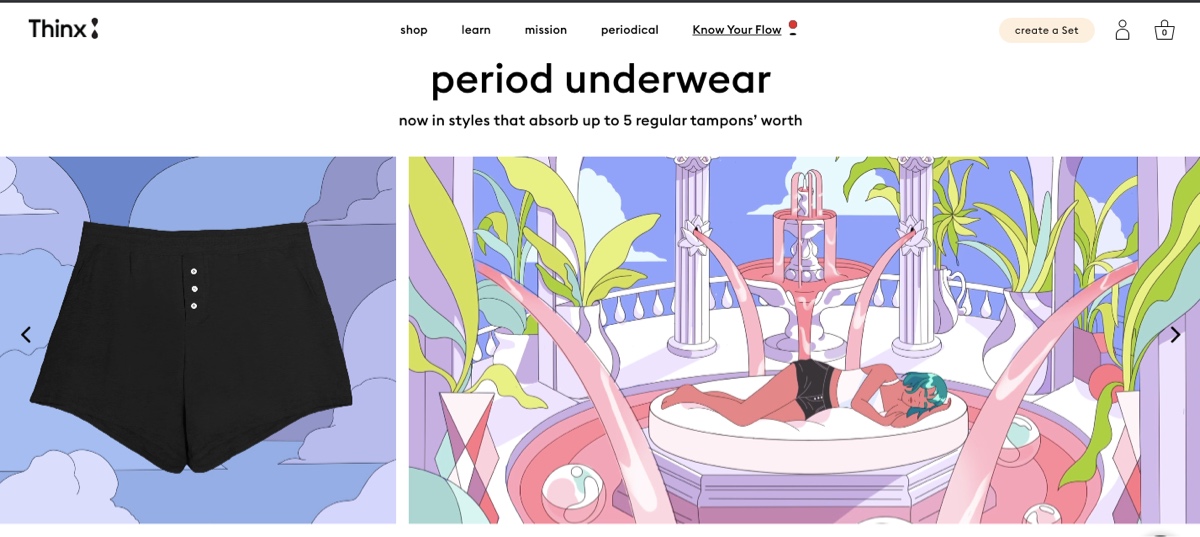
One of the (many) challenges for women (and others) during their periods is making sure they have access to products that will enable them to feel dry and that won’t leak.
The products that are most widely available (disposable tampons and pads) are not only known to leak, but they’re also not great for the planet, given that they eventually end up in landfills.
That’s where Thinx underwear comes in. Designed to feel like typical underwear, Thinx can absorb up to five tampons-worth during a person’s period.
That means they can supplement or even pads and tampons. Plus, Thinx, which was founded by three women, offers a variety of styles, fabrics, and colors in sizes from XXS to 3XL, enabling their customers to choose the right underwear for their body type, personal preferences, and practical knowledge about their comfort and their period.
3. Third Love bras
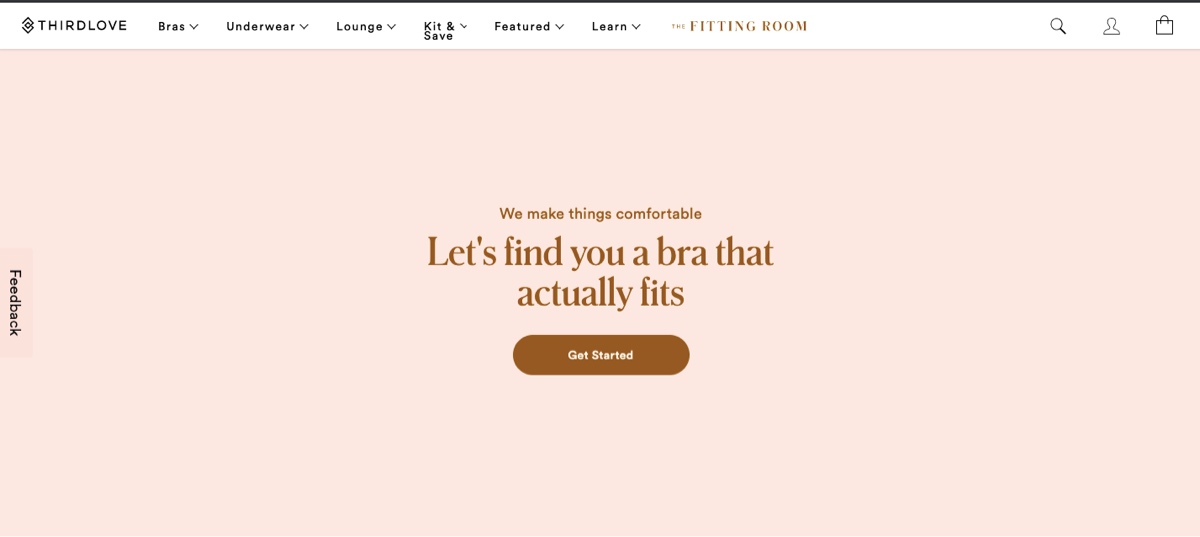
Founded and designed by women, Third Love is a brand of bras that creates lingerie intended to be both attractive and comfortable.
Yet, there are a couple other things that make Third Love unique. It is one of very few bra companies that offers half-cup sizing, vastly expanding its range of sizes and offering far more options for customers.
Moreover, the Third Love website also includes The Fitting Room, a web questionnaire that offers customized bra suggestions based on information women provide about their breasts, current bra issues, and style preferences.
Anyone who’s had the uncomfortable experience of being fitted for a bra in the lingerie section of a department store will appreciate the ability to determine their size from the comfort of their own home.
4. HarassMap
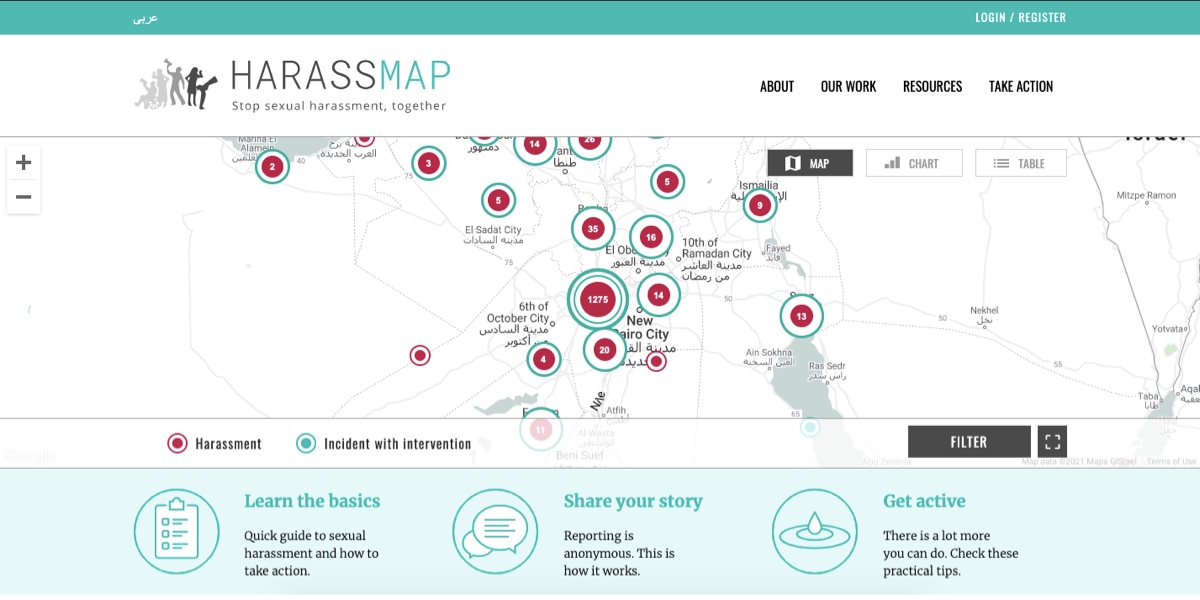
While awareness has increased, sexual harassment is still a worldwide problem, so three women in Egypt decided to do something about it.
They created HarassMap, a website through which users can report incidents of sexual harassment or when someone has intervened to stop sexual harassment. The user simply logs the place and time of the incident and describes what happened.
The idea is that the reports help demonstrate that sexual harassment is a crime and that action should be taken against it, with the goal of creating policies and laws that will make sexual harassment unacceptable, ultimately leading to a society where it happens less and less frequently.
While the original initiative was based in Egypt, HarassMap has since launched an app for international initiatives in South Africa and Pakistan, using the same crowd-sourced reporting system to address other social problems.
5. Ferly app
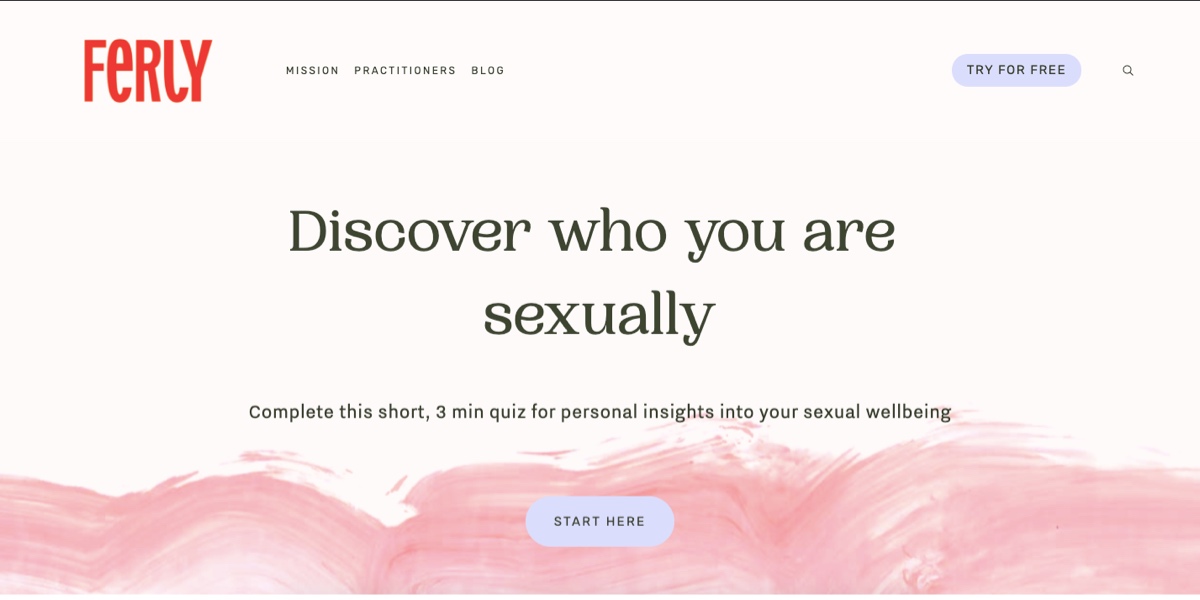
Billie Quinlan and Anna Hushlak, the co-founders of the Ferly app, noticed that although we often talk about physical and mental health, we rarely discuss sexual health.
And for women, many of whom have experienced some form of sexual problem, harassment, or assault, feeling confident about their sexuality can be a challenge.
That’s why they created Ferly, an app that helps women have healthier and more pleasurable sex and improve their sexual confidence.
The app starts with a quick quiz that provides insights into a woman’s current sexual wellbeing and then selects a set of audio guides that are intended to educate her about her sexuality, improving her ability to tune into and express her desires, and as a result, make sex more pleasurable and less confusing for her.
6. Gender Fair
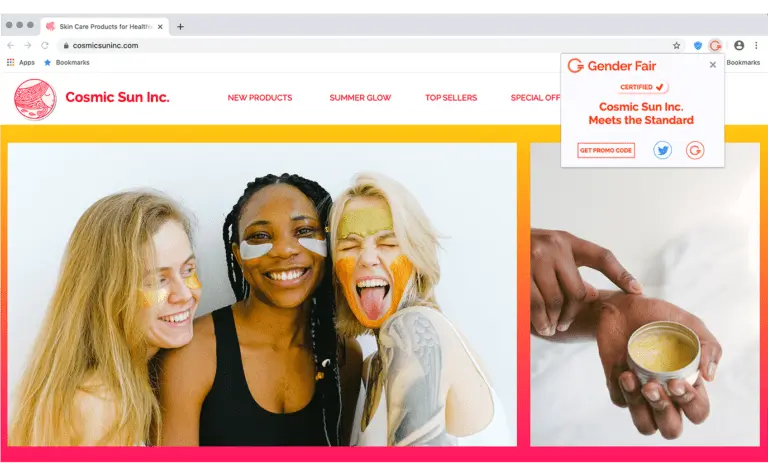
What does Gender Fair do? Quite simply, it rates companies on whether they support gender equality. Their goal is to drive change in companies through consumer behavior—an incredibly powerful tool.
Founded and led by CEO Amy Cross, Gender Fair offers consumers several ways to empower them to make ethical buying decisions.
Firstly, they do this via their handy Chrome browser extension, which shows quickly whether the website you’re on (or buying from) meets the standards set out. They assess companies via publicly available data, as well as getting companies to take their assessment themselves.
Even more than this, they’ve designed a Gender Fair mobile app, which allows people to scan items while in the shop or supermarket to assess the product manufacturer’s ethical credentials.
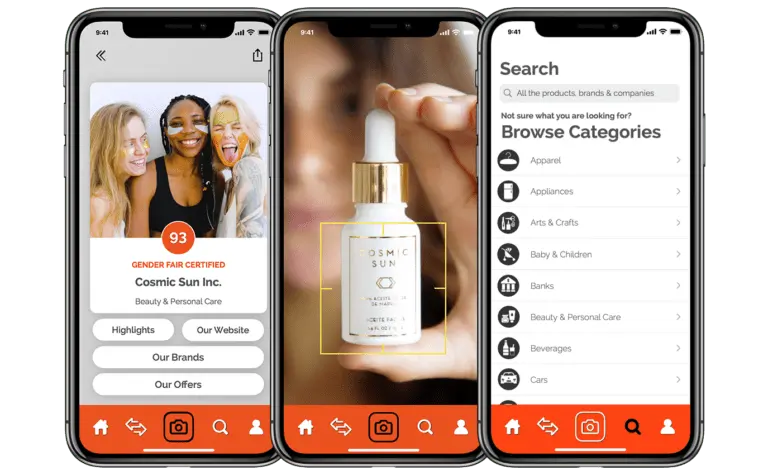
For far too long women have been underestimated as a market force, and tools like Gender Fair allow them to use this market force to bring about change in companies. It never hurts to vote with your feet—and your wallet.
Design for women is becoming more prevalent
These are jut a few examples of design for women by women, and luckily, the number of products designed for women is increasing all the time.
For women, this means that they can find more and more designs that will make their lives easier and help them with problems that, in the past, they may not have felt comfortable bringing up.
So while much of design was historically geared towards men, today designers are becoming more aware of women’s needs and finding ways to address them. This should be a trend that not only continues, but picks up steam as the true scope of the way design has underserved women becomes increasingly apparent.
To learn more about amazing women in tech, check out these articles:

